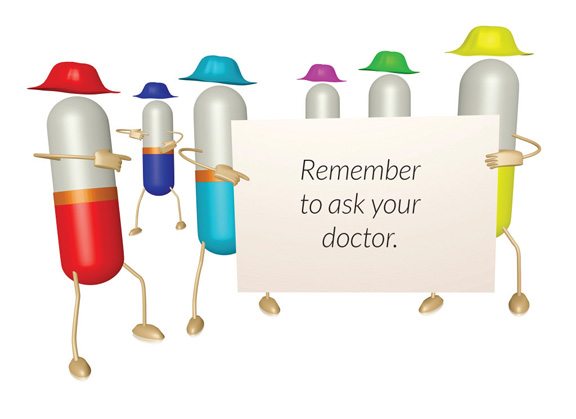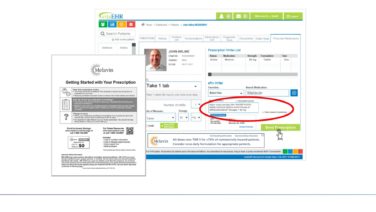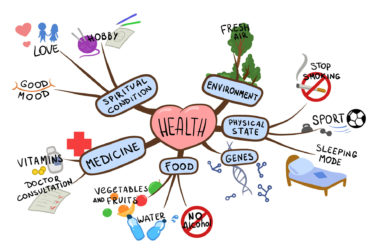
A client recently asked me whether the groundswell of claims that POC advertising is highly effective might be too good to be true.
I began the assignment by considering a “finding” from a leading media company and a “claim” from a leading POC vendor:
1. Kantor Media finds that “…point-of-care advertising is now the second highest-reaching channel for hearing or seeing healthcare related advertising behind TV.” Huh? To compare POC with TV one would have to assume that: (1) almost all doctor’s offices accept in-office advertising—a dubious assumption, and (2) most in-office advertising is so well placed it’s hard to miss—an even more dubious assumption.
2. One POC provider’s website claims that POC delivers “4.6 to 1 average ROI.” Fact is, the Simulated Test Market models rarely project more than 2 to 1 ROI for DTC. IMS has confirmed the same. So, the notion that a POC program returns “on average” $4.60 for every $1.00 invested is way, way beyond the norm.
Okay, some of the smoke hopefully cleared away, so let’s take a moment to think about the waiting room environment itself. According to Vitals.com, the wait time in doctor’s offices averages about 19 minutes. Let’s reconstruct what happens during that limited time frame:
- The patient arrives at the office
- Signs in with reception
- Sometimes fills out a form
- Finds a seat and settles in
- Then must notice the in-office ad
- Read it or watch it
- Must be sufficiently impressed to ask their doctor about the promoted medicine.
It’s also important to understand that a doctor’s office is a busy place. While one sits there waiting, some patients are getting called into the doc’s office; others are arriving, getting buzzed in; and still others are finishing-up, and leaving. A quiet, contemplative environment, the doctor’s office is not.
So, for a POC ad to do its job, it’s got to grab the patient’s attention, despite the limited time frame and the distractions, then motivate him to ask the doctor if the promoted medicine is right for them. It’s not impossible, but it’s certainly challenging.
So on to the positive side of this story. One situation in which POC advertising makes good sense—when a brand’s DTC program has succeeded in building high, positive brand awareness, POC can serve as an effective “reminder.” Even the most pro-active of patients sometime need a last-minute “reminder” before they’ll actually ask their doctor about an advertised medicine.
So, if you’ve invested big money in a robust DTC program, if your brand’s awareness is now positive and high, a little insurance in the form of a POC program could very well make a positive difference.








